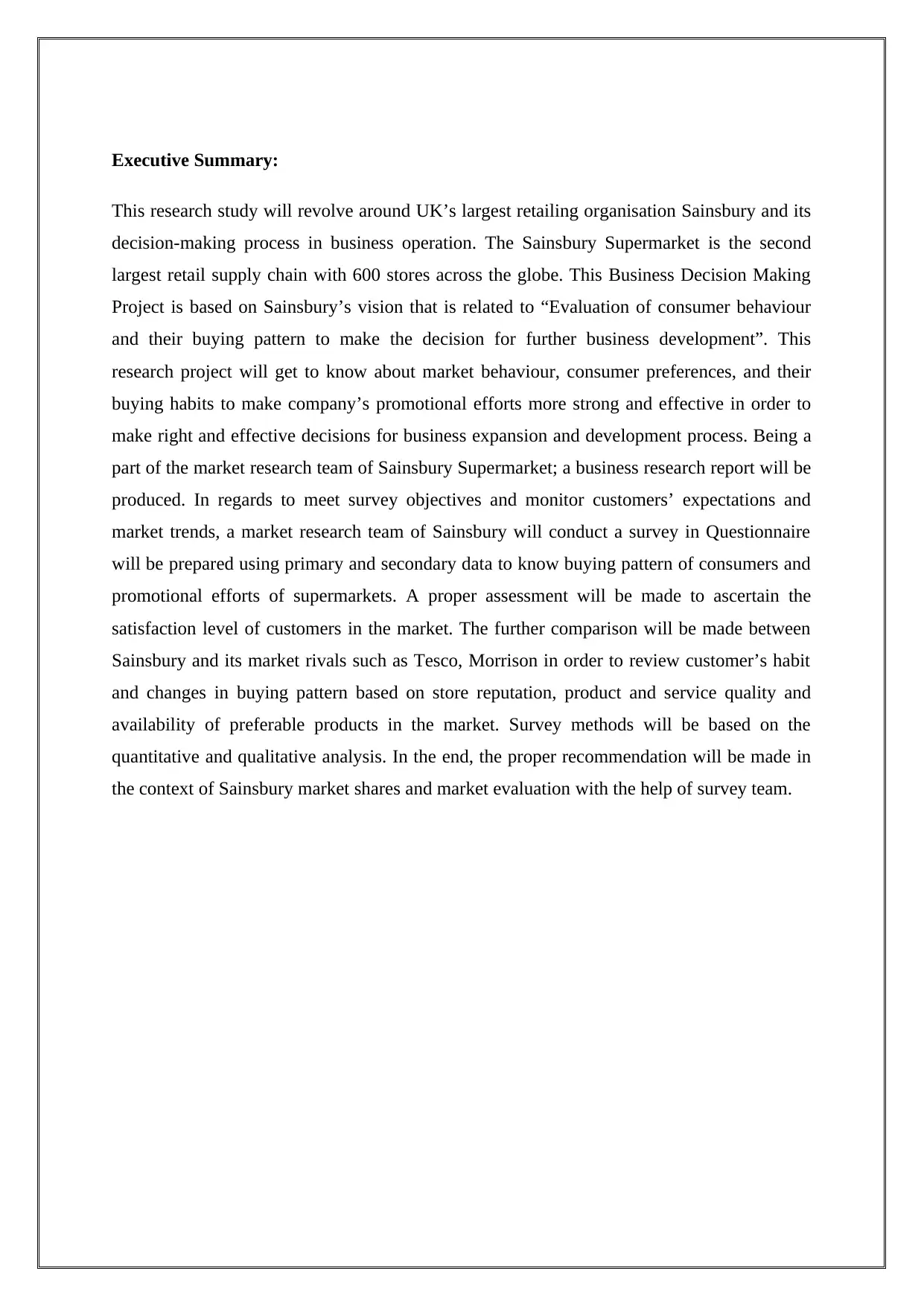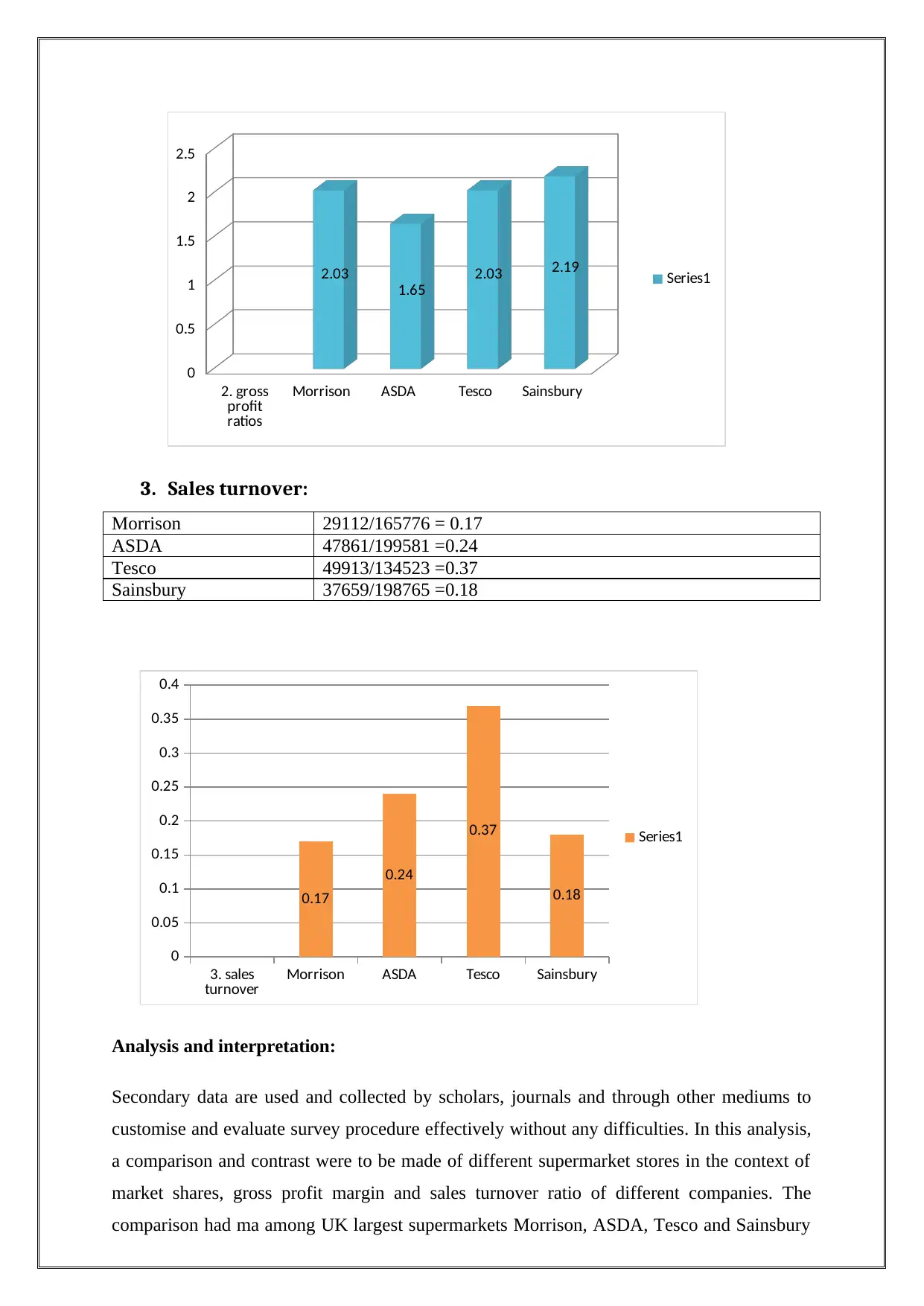This research study delves into the decision-making processes of Sainsbury's, the UK's second-largest retail organization, with a focus on understanding consumer behavior and buying patterns to inform future business development. The project aims to analyze market trends, consumer preferences, and buying habits to enhance Sainsbury's promotional efforts and make informed decisions for expansion and growth. Through a comprehensive survey using primary and secondary data, the study explores customer satisfaction levels, compares Sainsbury's performance to its rivals (Tesco, Morrison), and identifies key factors influencing consumer choices. The findings provide valuable insights and recommendations for Sainsbury's to optimize its market share and achieve sustainable growth.
![[object Object]](/_next/static/media/star-bottom.7253800d.svg)
![[object Object]](/_next/static/media/star-bottom.7253800d.svg)
































